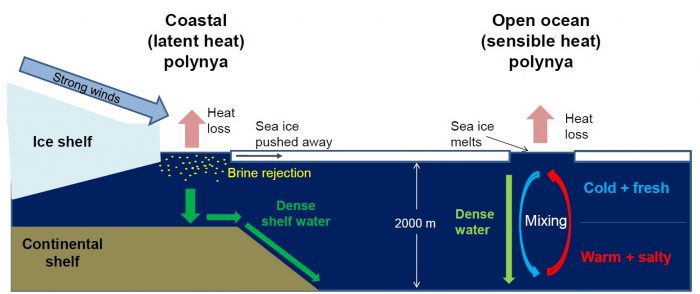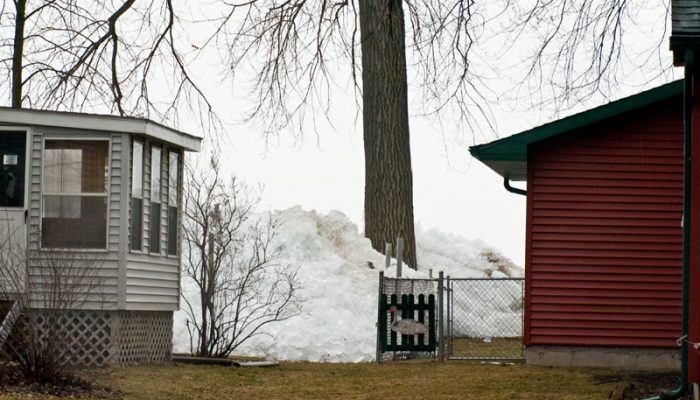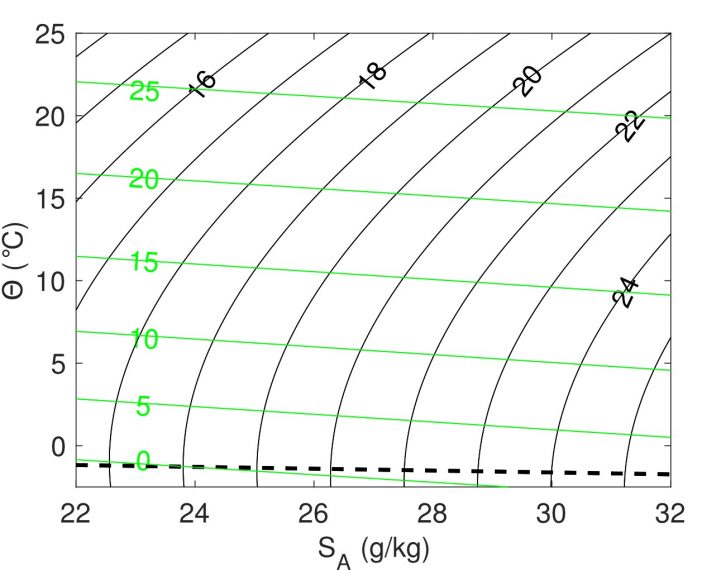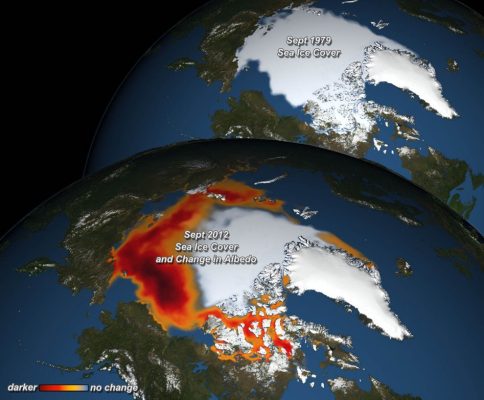The polar regions are covered by a thin sheet of sea ice – frozen water that forms out of the same ocean water it floats on. Often, portrayals of Earth’s sea ice cover show it as a great, white, sheet. Looking more closely, however reveals the sea ice cover to be a varied and jumbled collection of floating pieces of ice, known as floes. The distribution and size of these floes is vitally imp ...[Read More]
Image of the Week – Sea Ice Floes!










